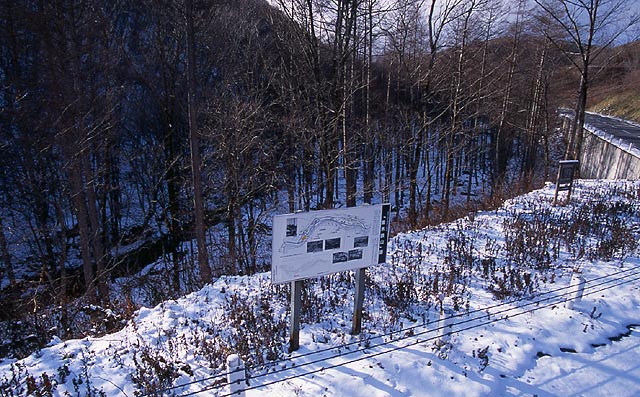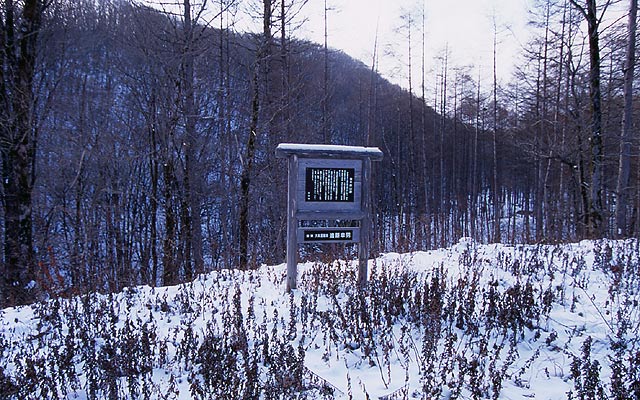
Trace of Kuriki Iron Mountain

Trace of Kuriki Iron Mountain
The smeltery site of Kuriki Tetsuzan is located in Kurikizawa in Koukaizawa ground from the vicinity of Ochiai at the confluence point of Sumika-cho and Kamakurazawa, to the shoreline of Shizukuishi (National Route 397, Taneyama Highland) Facilities such as blast furnaces, stone walls, and waterways are still confirmed in the mixed forest. The remains are in a national forest, in a forest where the prefecture borrows and carries out the afforestation project, and the current situation has been maintained because we have not seen so much in the past.
The history of Kuriki Tetsusan has been confirmed since around the Meiji 10's. The blast furnace was transferred from Kokaizawa to Kurikizawa, and was originally called "Esashitetsuzan", and was acquired by Nippon Steel Corp. in 1907 (1907), and the following year "the former honor of the steel industry. "One blast furnace (the second blast furnace) has been added with a fund of 25,000 yen with the design of the technical university professor called Noro Kageyoshi. Furthermore, in 1910 (1910) Kuriki Tetsuzan Co., Ltd. was established. Due to the booming conditions of World War I, Kuriki Tetsuzan will be in full swing, but after the end of the war in 1918, the iron price will fall and operations will stop.
At that time, two blast furnaces, a foundry, staff and workers' houses, a post office, a school, etc. were installed along the Sheng Highway from Sheng (Ofunato City) to Suizawa, and just like "Steel village" was formed. The first blast furnace is said to have a structure of Oshima High School, about 9 meters in height, and the foundry in the mine site manufactures pots, pots, iron bottles, guns, vehicles, etc., and is delivered to the Ministry of the Navy It is reported that
In 1991 (1991), it was reconfirmed and noticed because the new route passes through these ruins with the improvement work of the national highway.
